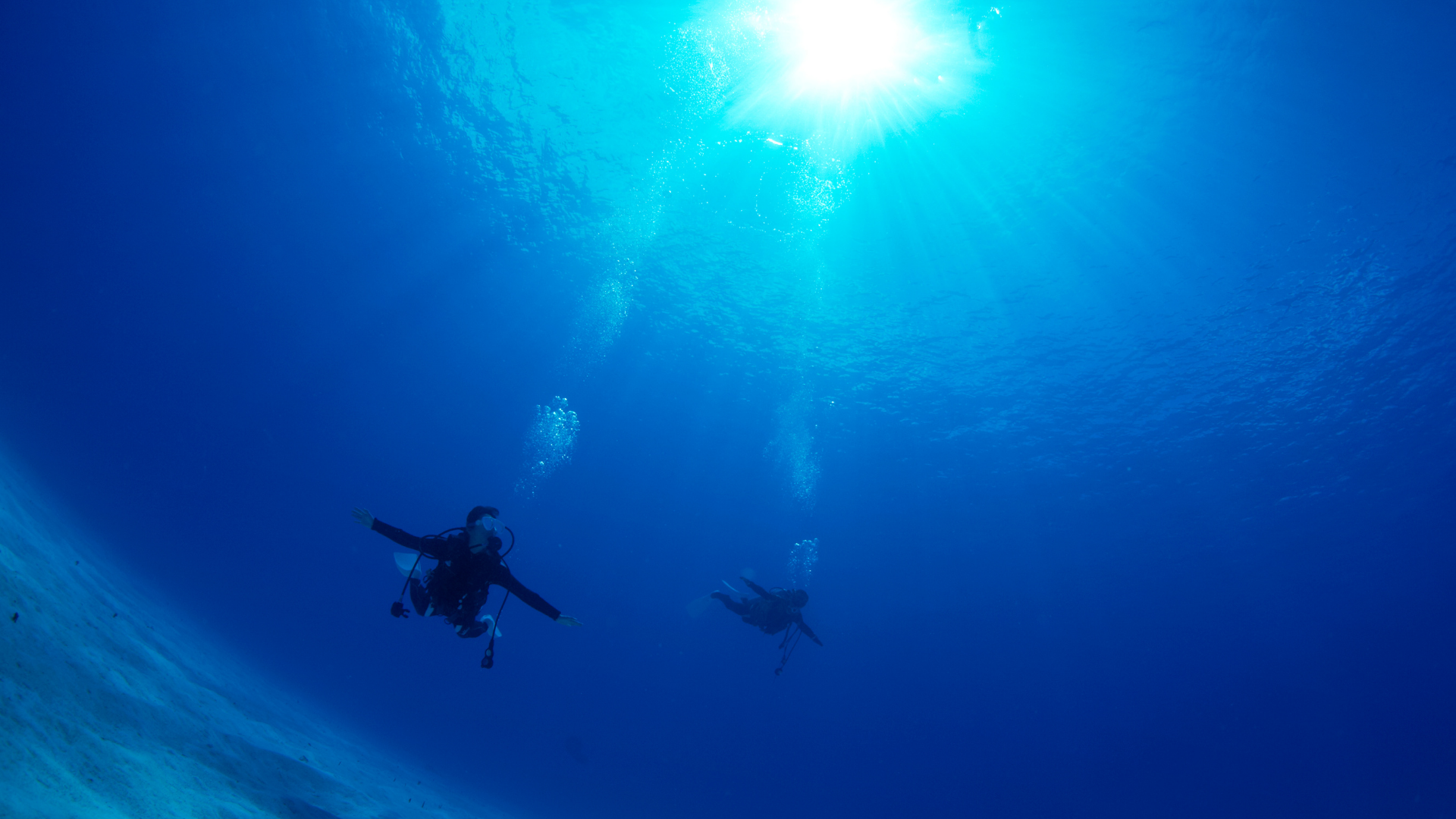
![]() Escrito por Yuliia Kliusa
Escrito por Yuliia Kliusa
5/28/2024 en Consejos
|
4 comentarios
In this article, you will immerse yourself in the exciting world of underwater orienteering. If you've ever wondered how divers explore the ocean without getting lost, these practical tips will help you a lot. Discover simple tricks that will make you feel safe and confident as you navigate the fascinating underwater kingdom. Ready to dive into underwater orienteering? Come along
Imagine the excitement of exploring the seabed, but how do divers avoid getting lost in the immensity of the ocean? In this article, we will reveal practical orienteering tips that will allow you to dive in with confidence. From landmarks to sun and moon tricks, we'll teach you how to stay on track with every dive.
1. Underwater Landmarks: Your Underwater Map
During your dive, observe and memorize geological features and underwater objects as reference points. Turn around from time to time to visualize what they will look like during the return. These points will guide you through the underwater wonder and help you stay oriented.
2. The Sun and the Moon: Celestial Guides Underwater
On sunny days, observe the direction in which the sun's rays penetrate. This reference will be useful to guide you on your return. Remember which side the sun is on when you start your dive to make sure it is on the opposite side when you return. On night dives, the moon can also serve as a celestial guide.
3. Sand Waves: Follow the Footprint of the Seabed
Note the direction of the sand waves on the bottom, as they are generally parallel to the coastline. These waves will provide you with a clear visual reference to maintain your direction.
4. Depth as a Guide: An Important Marker
Remember the depth at the beginning of your dive, especially if it is from a boat. This reference will be essential to guide you. If the dive starts from shore, keep in mind that the depth will decrease as you get closer to the beach during the return.
5. Guide Thread in Low Visibility: A Valuable Help
In low visibility conditions, consider using a guide line of about 100 meters in length. This thread will provide you with a physical connection to your starting point, ensuring a safe return.
6. Orientation Instruments: Compasses and Compasses
If you are an experienced diver, consider using orientation instruments such as compasses or compasses. Mark your return course before diving and watch for objects aligned with your course to avoid deviations during your exploration.
Conclusion: Confidently Sailing Underwater
In conclusion, underwater orientation does not have to be a mystery. With these practical tips, you will be able to explore the ocean with confidence and enjoy each dive to the fullest. Join us at CursosDeBuceo.com as we unravel the secrets of underwater orientation and turn you into a master of the depths! Dive wisely and explore the vast underwater world with confidence!
Comments
Great tips for not getting lost underwater!
Very good advice to keep in mind. Thank you.
Very useful tips for underwater orientation!
The truth is that it is not so easy to find your way underwater, and some good advice simply goes a long way! Although I must say that they are basic, but at the same time they seem important. In my opinion, the practice and experience of each diver also helps them to acquire the minimum orientation capacity.